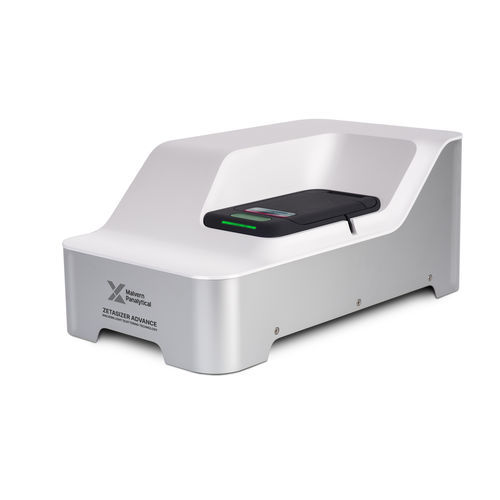
#Trade Shows & Events
Better particle size analysis & interpretation using Dynamic Light Scattering
Live Webinar June 2nd, 2020
Dynamic light scattering (DLS), also known as photon correlation spectroscopy (PCS) and quasi-elastic light scattering (QELS), is a technique used to measure the Brownian motion (diffusion) and subsequent size distribution of an ensemble collection of particles in solution. For a collection of solution particles illuminated by a monochromatic light source, the scattering intensity measured by a detector will be dependent upon the relative positions of the particles within the scattering volume. For particles moving under the influence of Brownian motion, the measured scattering intensity will fluctuate with time. Correlation is a statistical method for measuring the degree of non-randomness in an apparently random data set.
When establishing the level of confidence in the size distribution results derived from a dynamic light scattering measurement, DLS users should always first consider the repeatability of the measurement, i.e. how repeatable is the result derived from sequential measurements of the same sample aliquot. Given good repeatability and reasonable results, one rarely needs to examine the quality of the raw data collected during the measurement.
The quality of data obtained from a dynamic light scattering (DLS) measurement is paramount to the reliability of the result obtained. However, in dynamic light scattering, there is no single parameter that can be used to gauge the quality or “goodness” of a measurement data set, but rather a collection of measurement parameters that need to be examined prior to attaching a large degree of confidence to a DLS derived size distribution.
The instruments measuring DLS are operated by analysis software common to the systems. The main function of the analysis is to transform the measured raw data (autocorrelation function) into a size result.
To simplify the interpretation of the data from a dynamic light scattering measurement, a series of tests are performed on the data and results of the selected measurement record. A good instrumentation approach would be to check if any of the tests fall outside specified limits. If they do then a warning message is to be displayed, together with advice of possible reasons for the warning and possible actions that could be taken to address the issue. If none of the tests fail, a “Result Meets Quality Criteria” message can be displayed in the Size Quality Report.
This webinar would discuss on the criteria/tests that are performed on the measured data and based on which the data quality is interpreted to be ‘good’ or ‘needs improvement’. Interested to learn more? Scroll below for our series of webinars.
You can register for free to all our webinars and you will automatically receive the On-Demand version






